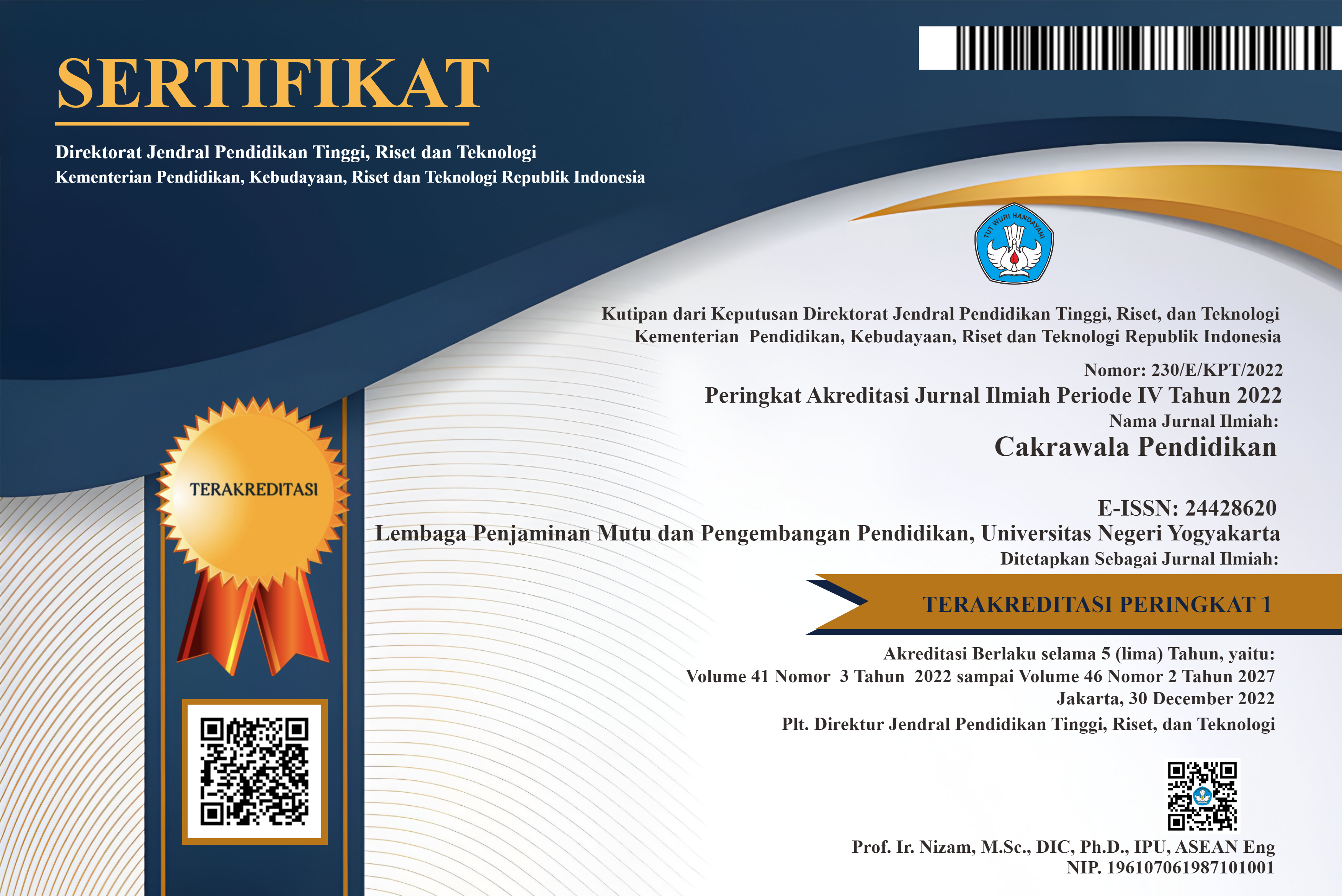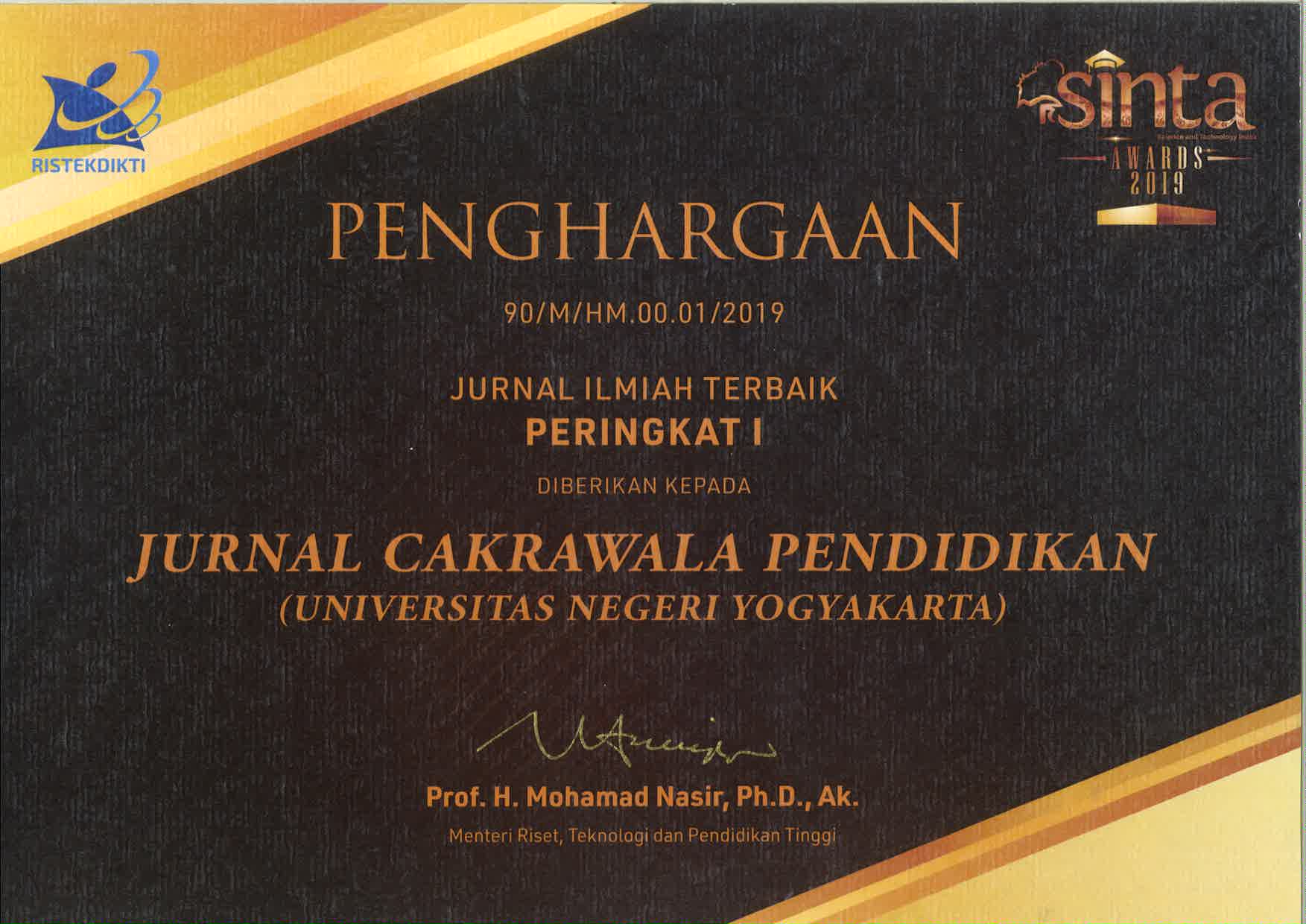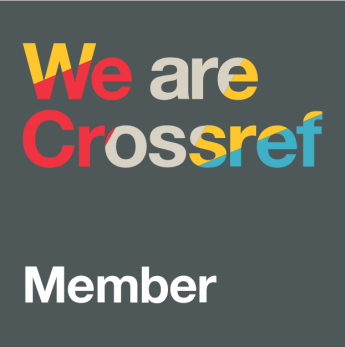Breaking the sound barrier: Spectrum–based pedagogies in modern vocal music education
Downloads
The integration of spectrum–based pedagogies in vocal music education presents promising advancements in enhancing vocal instruction through technology–driven feedback. The importance of spectrum analysis tools in modernizing vocal pedagogy is examined in this systematic literature review, which was carried out with 28 articles that adhered to PRISMA principles. Spectrum–based tools such as Fourier transforms, spectrographs and neural networks are increasingly used to provide real–time visual feedback on vocal elements like pitch, resonance, breath control, and vocal fold vibrations. Findings demonstrate that these tools facilitate a more precise and scientific approach to vocal training by enabling students to visualize vocal mechanics and adjust their technique accordingly. By demystifying vocal production processes, spectrum–based pedagogies foster deeper student understanding and engagement, resulting in improved retention of technique and a heightened standard of performance. This review underscores the transformative potential of spectrum–based methods in vocal pedagogy, highlighting implications for educators, curriculum designers, and technology developers interested in advancing music education through data–driven, interactive learning environments. The study concludes with recommendations for further research on the long–term effects of spectrum–based pedagogies on vocal training outcomes.
Downloads
Bai, Y. (2019). Construction and practice of music education professional personnel training model under the background of the big data. In Basic & Clinical Pharmacology & Toxicology, 125, pp. 102-102. Wiley.
Bamiro, N. B., Zakariya, Z. B., & Nasiru, B. A. (2023). Development of halal entrepreneurship framework through business incubator service for sustainability using PRISMA. In: Raimi, L., Adekunle, S.M., Shabbir, M.S. (eds). Contemporary Discourse of Halal and Islamic Entrepreneurship, pp. 79-97. Springer. DOI: https://doi.org/10.1007/978-981-99-6427-7_6
Bamiro, N. B., Zakariya, Z., Raimi, L., & Thomas, Y. (2024). Unlocking the nexus: exploring the mediating and moderating dynamics of risk factors in economic literacy for organizational performance-A systematic review. Journal of Economic and Administrative Sciences. DOI: https://doi.org/10.1108/JEAS-12-2023-0343
Bu, F., & Natayakulwong, S. (2024). Liyuan: Transforming community engagement, music education and cultural preservation through new technology. Korean Journal of Research in Music Education, 53(3), pp. 205-229.
Campanini, A. (2023). A place for TPACK in popular music education: A review of existing literature. Journal of Popular Music Education, 7(3), pp. 269-284.
Chen, S. (2023). Innovative teaching of college vocal music courses aided by information integration technology. Applied Mathematics and Nonlinear Sciences, 9(1).
Chi, X. (2017). Study on vocal music teaching innovation mode based on computer simulation and voice spectrogram analysis. Revista de la Facultad de Ingenieria, 32(16), pp. 400-406.
Cui, X., & Chen, M. (2024). A novel learning framework for vocal music education: an exploration of convolutional neural networks and pluralistic learning approaches. Soft Computing, 28(4), pp. 3533-3553.
Fajrie, N., Purbasari, I., Bamiro, N. B., & Evans, D. G. (2024). Does art education matter in inclusiveness for learners with disabilities? A systematic review. International Journal of Learning, Teaching and Educational Research, 23(6), pp. 96-124. DOI: https://doi.org/10.26803/ijlter.23.6.5
Fang, J. (2024). The application of spectrogram in the teaching of high-level vocal music major students. Applied Mathematics and Nonlinear Sciences, 9(1). DOI: https://doi.org/10.2478/amns-2024-2475
Haiyan, Z., Bo, Z., & Haojun, Z. (2020). Application of SVGA video real-time transmission technology in music education information communication. Journal of Intelligent & Fuzzy Systems, 39(2), pp. 1733-1744.
Hao, J. (2022). Optimizing the design of a vocal teaching platform based on big data feature analysis of the audio spectrum. Wireless Communications and Mobile Computing (1), 9972223.
Herbst, C. T., Qiu, Q., Schutte, H. K., & Švec, J. G. (2011). Membranous and cartilaginous vocal fold adduction in singing. The Journal of the Acoustical Society of America, 129(4), pp. 2253-2262.
Higgins, J. P., López-López, J. A., Becker, B. J., Davies, S. R., Dawson, S., Grimshaw, J. M., ... & Caldwell, D. M. (2019). Synthesising quantitative evidence in systematic reviews of complex health interventions. BMJ global health, 4(Suppl 1), e000858.
Hou, B., Chen, B., Liu, W., & Qiu, X. (2023). A study on the construction of a smart music education classroom and the utility of music teaching reforms. Applied Mathematics and Nonlinear Sciences, 9(1).
Jiang, K. (2023). An introduction to the innovative path and exploration of the teaching reform of ethnic vocal music. Applied Mathematics and Nonlinear Sciences, 9(1).
Komalasari, M. D., Widyaningsih, N., Kassymova, G. K., Yuqi, F., Mustafa, L. M., & Bamiro, N. B. (2023). Exploring the potential of integrating local wisdom into the development of pocket book Learning media: A systematic literature review. International Journal of Learning, Teaching and Educational Research, 22(10), pp. 130-151. DOI: https://doi.org/10.26803/ijlter.22.10.8
Kou, T. (2023). Construction and sharing mechanism of digital vocal music teaching resource library. Applied Mathematics and Nonlinear Sciences, 9(1).
Lã, F. M., & Fiuza, M. B. (2022). Real-time visual feedback in singing pedagogy: current trends and future directions. Applied Sciences, 12(21), p. 10781.
Lã, F., & Gill, B. P. (2014). Physiology and its impact on the performance of singing. In: Graham F. Welch, David M. Howard, and John Nix (eds), The Oxford Handbook of Singing, Oxford Library of Psychology (2019; online edn, Oxford Academic, 1 Apr. 2014), DOI: https://doi.org/10.1093/oxfordhb/9780199660773.013.23
Lei, L. (2024). The latest technological developments in Chinese music education: motifs of national musical culture and folklore in modern electronic music. Education and Information Technologies, 29(9), pp. 10595-10610.
Lennon, M., & Reed, G. (2012). Instrumental and vocal teacher education: competences, roles and curricula. Music Education Research, 14(3), 285-308.
Li, J. (2020). Feasibility study on the application of the computer visualized audio parameter analysis method in the vocal music digital teaching. In Frontier Computing: Theory, Technologies and Applications (FC 2019) 8 (pp. 1520-1525). Springer Singapore.
Li, P. P., & Wang, B. (2024). Artificial intelligence in music education. International Journal of Human–Computer Interaction, 40(16), pp. 4183-4192.
Li, X. (2024). Research on the path of integrating traditional culture into music teaching in colleges and universities in the era of artificial intelligence. Applied Mathematics and Nonlinear Sciences, 9(1).
Liang, Y. (2024). Collaborative music making in the digital age: fostering creativity in vocal ensembles. Interactive Learning Environments, 1-16.
Liu, L. L., Pang, Y., & Hu, Z. L. (2016). Application of spectrogram analysis in traditional vocal music teaching and multimedia animation vocal music teaching. International Journal of Emerging Technologies in Learning, 11(11).
Liu, S. (2019). Exploring the reform of the music education in colleges and the development of the traditional music culture. Basic & Clinical Pharmacology & Toxicology, 125, pp. 82-82. Wiley.
Liu, Y. (2023). Integration strategies of american voice singing in singing and vocal teaching based on multiscale feature fusion. Applied Mathematics and Nonlinear Sciences, 9(1).
McQuade, M. (2020). Dynamic uses of spectrographic analysis in choral rehearsals and the voice studio. Journal of the Association for Technology in Music Instruction, 1(1), 1.
Moher, D., Shamseer, L., Clarke, M., Ghersi, D., Liberati, A., Petticrew, M., ... & Prisma-P Group. (2015). Preferred reporting items for systematic review and meta-analysis protocols (PRISMA-P) 2015 statement. Systematic reviews, 4, 1-9.
Paek, H., Siebein, G. W., Roa, M., Miller, J. R., & Vetterick, M. (2019). The evolution and creation of schools for music education. The Journal of the Acoustical Society of America, 145(3_Supplement), pp. 1739-1739.
Page, M. J., McKenzie, J. E., Bossuyt, P. M., Boutron, I., Hoffmann, T. C., Mulrow, C. D., ... & Moher, D. (2021). The PRISMA 2020 statement: an updated guideline for reporting systematic reviews. BMJ, 372.
Paschalidou, S. (2024). Technology-mediated hindustani dhrupad music education: an ethnographic contribution to the 4e cognition perspective. Education Sciences, 14(2), p. 203.
Rosário, A. T., & Raimundo, R. (2024). Sustainable entrepreneurship education: a systematic bibliometric literature review. Sustainability, 16(2), p. 784.
Salisu, M. A., Ridzwan, C. R., Oyebamiji, Y. O., Usaizan, N., Abioye, A. E., Biola, I. F., ... & Luqman, H. (2024). Disruption of the Covid-19 pandemic on the agri-food sector: A systematic review of its implications in post-pandemic and future of food security. AIMS Agriculture & Food, 9(1). DOI: https://doi.org/10.3934/agrfood.2024009
Shi, S. (2024). Research on the innovation path of music education in higher vocational colleges and universities in the context of the new era. Applied Mathematics and Nonlinear Sciences, 9(1).
Sun, J. (2019). Research on vocal sounding based on spectrum image analysis. EURASIP Journal on Image and Video Processing, 1-10.
Sun, L., & Wang, Q. (2024). Music teaching strategy and educational resource sharing based on big data. Journal of Computational Methods in Science and Engineering, 24(4-5), pp. 2391-2407.
Tugwell, P., Welch, V. A., Karunananthan, S., Maxwell, L. J., Akl, E. A., Avey, M. T., ... & White, H. (2020). When to replicate systematic reviews of interventions: consensus checklist. BMJ, 370.
Utaminingsih, S., Fajrie, N., Bamiro, N. B., & Azman, M. N. A. (2023). Teachers and students perception of technology and sustainable adoption framework in the pedagogical process: A systematic review. International Journal of Learning, Teaching and Educational Research, 22(12), pp. 162-186. https://doi.org/10.26803/ijlter.22.12.9
Wang, B. (2023). Visual transmission algorithm of vocal music resources based on sound spectrum analysis technology. Reviews of Adhesion and Adhesives, 11(2).
Wang, W. (2023). Application of auditory perception technology to multimodal teaching innovations in college music. Applied Mathematics and Nonlinear Sciences, 9(1).
Wu, Y., & Kang, W. (2023). Research on the application of music technology in modern music education in the information age. Applied Mathematics and Nonlinear Sciences, 9(1).
Xie, T. (2024). Exploring the integration of digital health tools in enhancing vocal music education and traditional music culture: A biotechnological approach in higher education. Journal of Commercial Biotechnology, 29(2), pp. 215-224.
Yang, X. (2024). The perspectives of teaching electroacoustic music in the digital environment in higher music education. Interactive Learning Environments, 32(4), pp. 1183-1193.
Zhang, B. (2023). The use and effective analysis of vocal spectrum analysis method in vocal music teaching. Applied Mathematics and Nonlinear Sciences, 9(1).
Zhang, T. (2024). Application of integrated image processing technology based on PCNN in online music symbol recognition training. International Journal of Wireless and Mobile Computing, 27(4), pp. 369-380.
Zhang, W. (2023). Constructing a theoretical methodological system for vocal music education in colleges and universities in the context of deep learning algorithms. Applied Mathematics and Nonlinear Sciences, 9(1).
Zhou, W., & Kim, Y. (2024). Innovative music education: An empirical assessment of ChatGPT-4’s impact on student learning experiences. Education and Information Technologies, 1-27
Copyright (c) 2025 Enbo Du, Mariam Oluwatoyin Idris

This work is licensed under a Creative Commons Attribution-ShareAlike 4.0 International License.
Jurnal Cakrawala Pendidikan, Jurnal Ilmiah Pendidikan, with ISSN: 0216-1370, is published by the Institute of Education Development and Quality Assurance (LPPMP UNY). Cakrawala Pendidikan has been recently has been re-accredited by Indonesian Ministry of Education and Culture decision Number 230/E/KPT/2022 which is valid for five years since enacted on 30 December 2022.




























